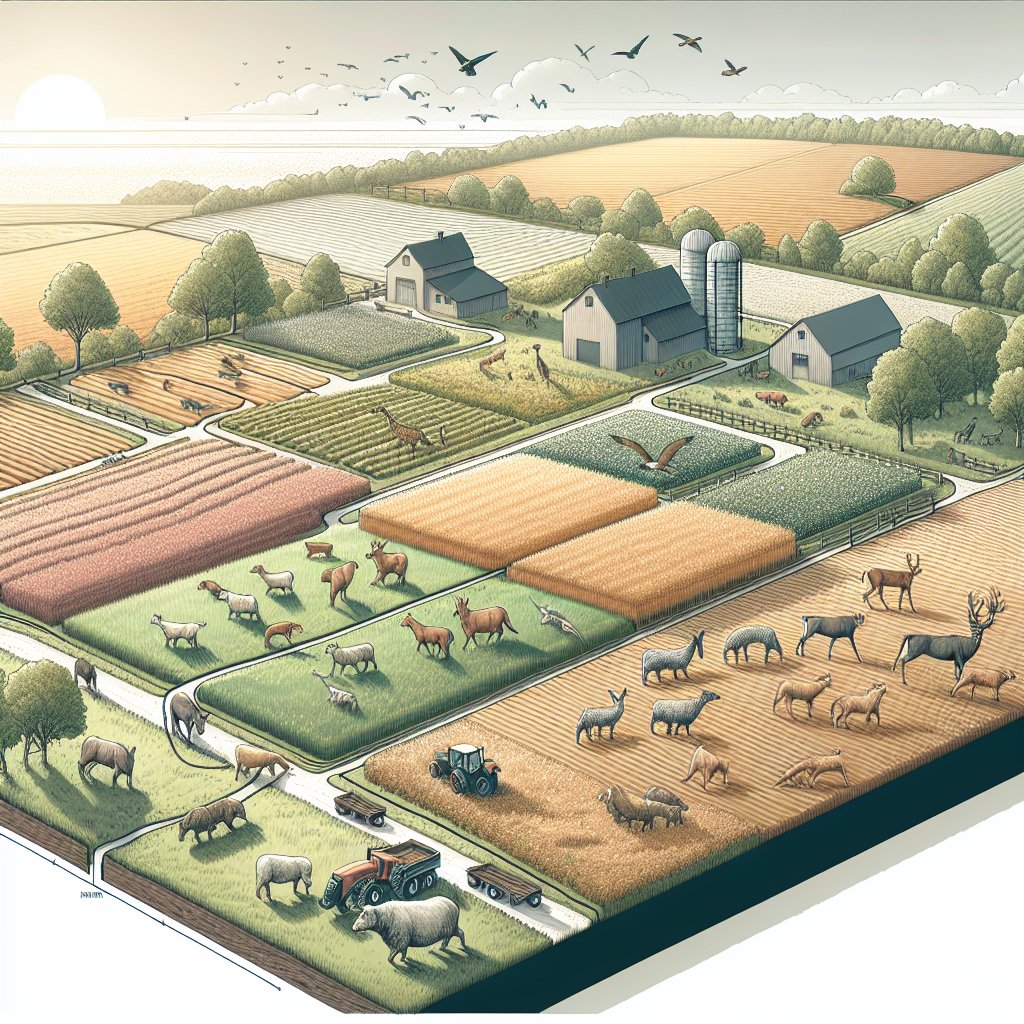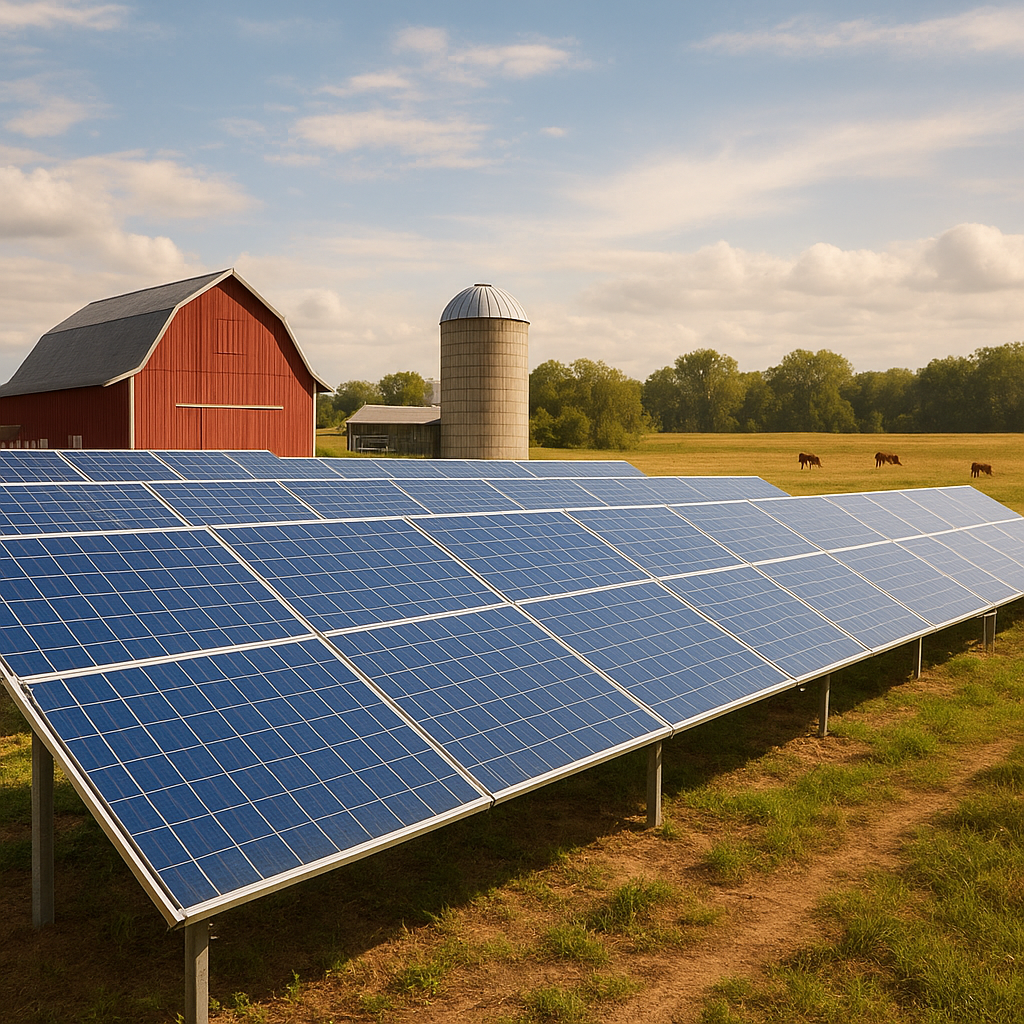The importance of wildlife corridors on farm landscapes cannot be overstated, as they play a crucial role in maintaining biodiversity and promoting ecological balance. These corridors serve as vital pathways for various species, allowing them to move freely between habitats that may otherwise be fragmented due to agricultural practices. In this article, we will explore the significance of wildlife corridors in farming landscapes, their benefits for both wildlife and farmers, and practical strategies for implementing these corridors on agricultural land.
Understanding Wildlife Corridors
Wildlife corridors are designated areas that connect different habitats, enabling animals to migrate, forage, and reproduce without the barriers often created by human activities. These corridors can take various forms, including strips of native vegetation, hedgerows, or even designated pathways that link larger ecosystems. The concept of wildlife corridors is rooted in the understanding that many species require large territories to thrive, and fragmentation of their habitats can lead to population declines and increased vulnerability to extinction.
The Role of Wildlife Corridors in Biodiversity Conservation
One of the primary benefits of wildlife corridors is their role in conserving biodiversity. By providing safe passage for animals, these corridors help maintain genetic diversity within populations, which is essential for their long-term survival. When animals can move freely between habitats, they are less likely to become isolated, which can lead to inbreeding and a decrease in genetic health.
Moreover, wildlife corridors can facilitate the movement of pollinators, such as bees and butterflies, which are crucial for the pollination of many crops. By connecting fragmented habitats, these corridors can enhance the resilience of ecosystems, allowing them to adapt to changes such as climate change or habitat loss.
Benefits for Farmers
While wildlife corridors are often viewed through the lens of conservation, they also offer numerous benefits to farmers. By promoting biodiversity, these corridors can enhance ecosystem services that are vital for agricultural productivity. For instance, healthy populations of natural predators can help control pest populations, reducing the need for chemical pesticides. Additionally, increased pollinator activity can lead to higher crop yields and improved quality of produce.
Furthermore, wildlife corridors can improve soil health and water quality. Vegetation within these corridors can help prevent soil erosion, enhance nutrient cycling, and filter pollutants from runoff, ultimately benefiting the surrounding agricultural land. Farmers who integrate wildlife corridors into their landscapes may find that they can achieve more sustainable farming practices while also contributing to the conservation of local wildlife.
Implementing Wildlife Corridors on Agricultural Land
Creating effective wildlife corridors on farm landscapes requires careful planning and consideration of various factors, including the specific needs of local wildlife, the layout of the land, and the types of crops being cultivated. Here are some practical strategies for implementing wildlife corridors on agricultural land:
1. Assessing the Landscape
The first step in establishing wildlife corridors is to conduct a thorough assessment of the landscape. This includes identifying existing habitats, understanding the movement patterns of local wildlife, and determining the best locations for corridors. Engaging with local conservation organizations or wildlife experts can provide valuable insights into the specific needs of the species in the area.
2. Designing the Corridor
Once the assessment is complete, the next step is to design the corridor. This involves selecting appropriate vegetation that will provide food and shelter for wildlife. Native plants are often the best choice, as they are adapted to the local environment and can support a diverse range of species. The width and length of the corridor should also be considered, as wider corridors are generally more effective at supporting wildlife movement.
3. Integrating Corridors with Farming Practices
To ensure the success of wildlife corridors, it is essential to integrate them with existing farming practices. This can be achieved by creating buffer zones around the corridors, where farmers can implement sustainable practices such as reduced pesticide use or organic farming methods. Additionally, farmers can consider planting cover crops or maintaining fallow areas adjacent to the corridors to enhance habitat quality.
4. Monitoring and Maintenance
Establishing wildlife corridors is not a one-time effort; ongoing monitoring and maintenance are crucial for their success. Farmers should regularly assess the health of the corridor, looking for signs of wildlife activity and any potential issues such as invasive species. Engaging with local conservation groups can provide support and resources for maintaining these corridors over time.
Case Studies of Successful Wildlife Corridors in Farming Landscapes
Several successful examples of wildlife corridors in agricultural landscapes demonstrate the potential benefits of these initiatives. These case studies highlight the positive outcomes for both wildlife and farmers, showcasing how collaboration and innovative practices can lead to sustainable farming solutions.
1. The Prairie Conservation Initiative
In the Midwest United States, the Prairie Conservation Initiative has successfully implemented wildlife corridors in agricultural landscapes dominated by monoculture crops. By establishing strips of native prairie vegetation along field edges and waterways, the initiative has enhanced habitat connectivity for species such as the monarch butterfly and various grassland birds. Farmers participating in the program have reported increased pollinator activity and improved pest control, leading to higher crop yields and reduced input costs.
2. The European Ecological Network
In Europe, the establishment of the European Ecological Network has focused on creating wildlife corridors that connect fragmented habitats across agricultural landscapes. This initiative has involved collaboration between farmers, conservationists, and government agencies to design and implement corridors that support a wide range of species. As a result, many farmers have experienced benefits such as improved soil health, increased biodiversity on their farms, and enhanced resilience to climate change.
3. The Australian Landcare Movement
The Australian Landcare Movement has been instrumental in promoting wildlife corridors in agricultural areas across the country. Through community engagement and education, farmers have been encouraged to establish native vegetation corridors on their properties. These efforts have led to increased populations of native wildlife, improved water quality, and enhanced ecosystem services, demonstrating the potential for wildlife corridors to benefit both agriculture and conservation.
Conclusion
The importance of wildlife corridors on farm landscapes is clear, as they provide essential pathways for wildlife, promote biodiversity, and offer numerous benefits to farmers. By integrating these corridors into agricultural practices, farmers can contribute to the conservation of local ecosystems while enhancing their own productivity and sustainability. As the challenges of climate change and habitat loss continue to grow, the establishment of wildlife corridors will be increasingly vital in ensuring the health of both agricultural landscapes and the wildlife that inhabit them.




